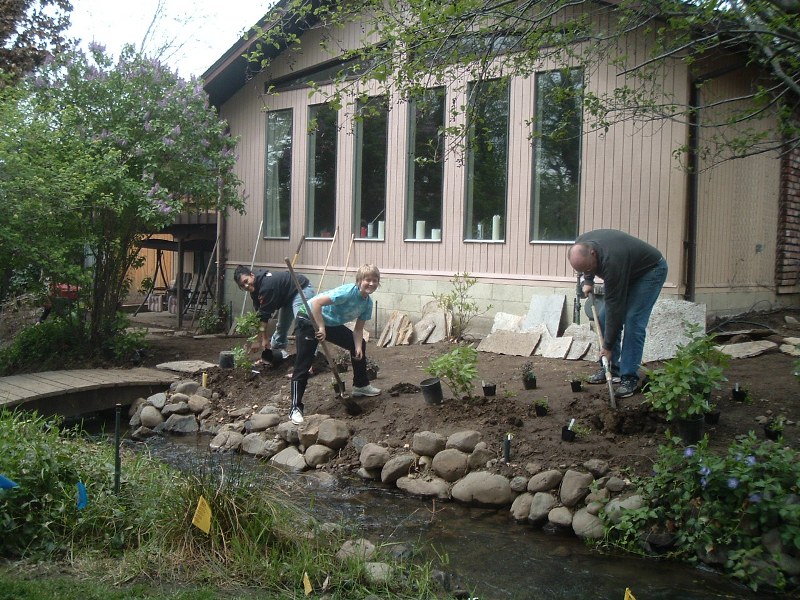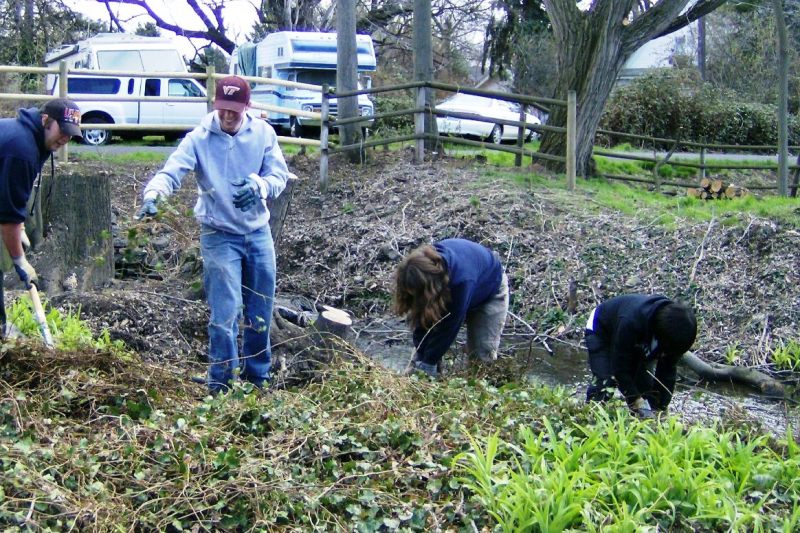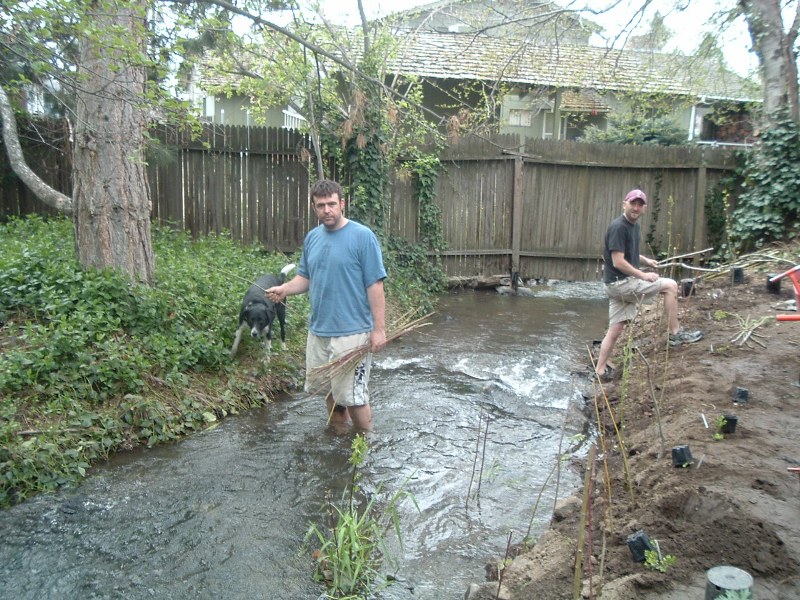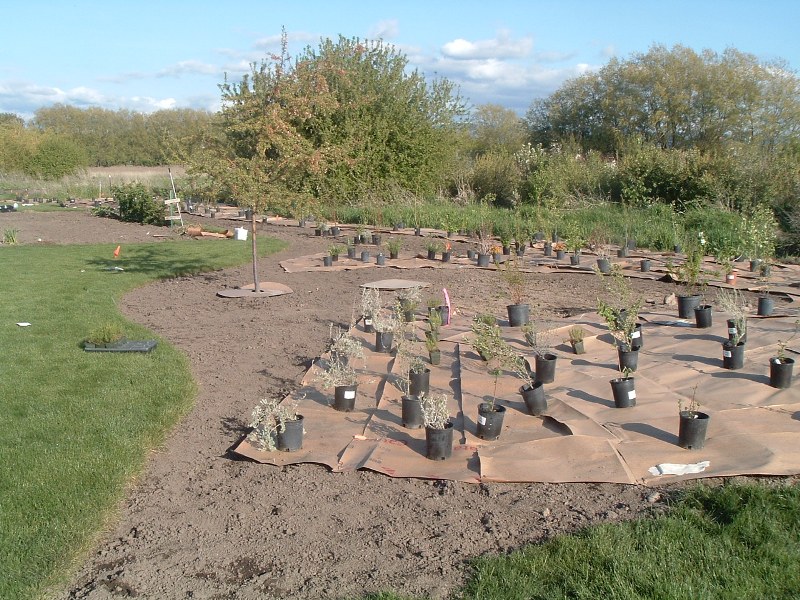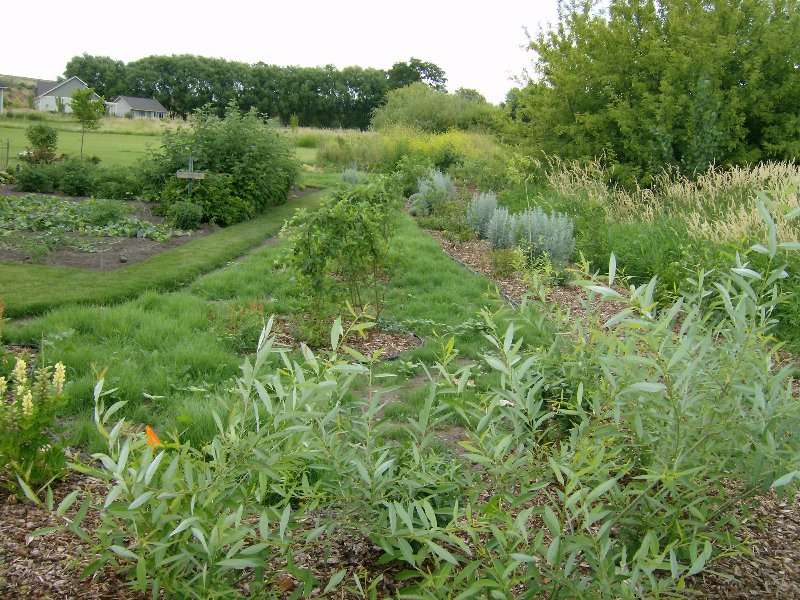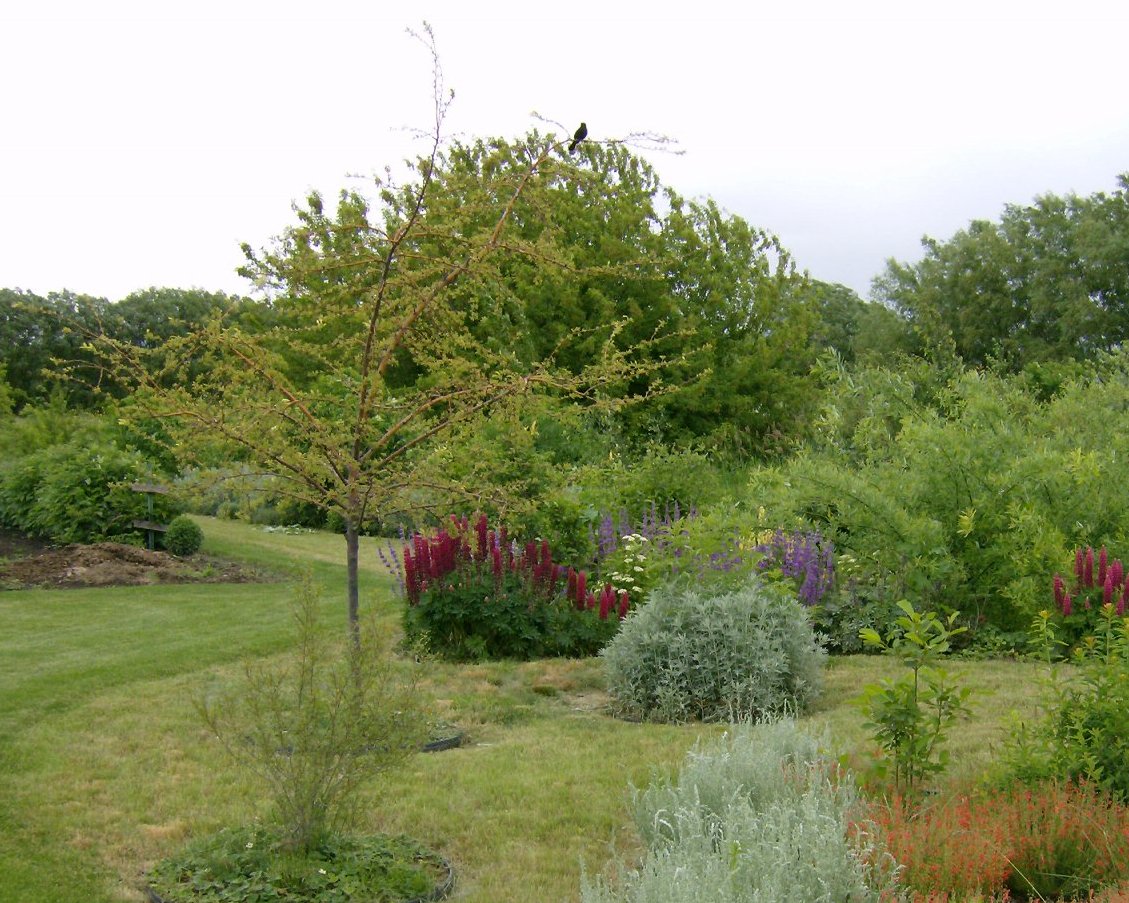The Urban Riparian Buffers program aims to improve the water quality and wildlife habitat of streams that flow through the urban centers of Walla Walla and College Place. The best way to achieve this is to plant native trees, shrubs, and grasses, creating a buffer between the stream and development. These areas are called “riparian “buffers.” They effectively prevent water contaminated with pesticides, fertilizers, and other chemicals from entering our streams. When mature, the trees provide shade to keep water cool, and their roots help stabilize the stream banks. plants can be designed to minimize maintenance, reduce water consumption, and complement the landscape of your backyard. Native plants are available from these Native Plant Sources. If you are interested in receiving help designing a riparian buffer for your backyard, call the District or Tri-state Steelheaders.
Riparian Buffer Resources:
- Homeowner’Homeowner’sRiparian Buffers
- Curb Buffer General Plan
- Grow_Smart_Grow_Safe
- NaturalYardCare_Spanish
- NaturalYardCare
- SmartwaterGuide
- Tips for Conserving Water
- Maintenance Plan template

